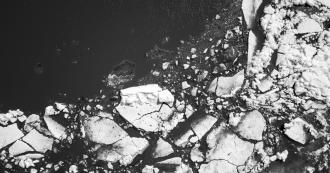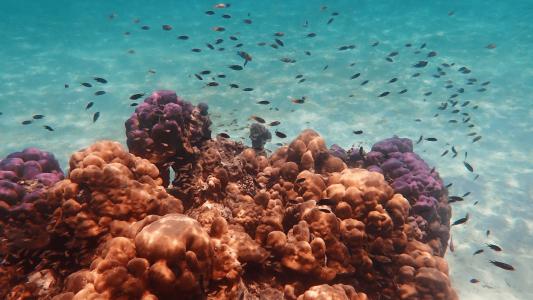Climate change is increasingly reshaping our world, but communities across America aren’t losing hope — they’re taking action. A new report titled “How We Respond,” published by the American Association for the Advancement of Science (AAAS), details the relationship between cities and climate change and shows how 18 communities are using science to guide community-based decision-making.
From tracking flood levels to restoring fish spawning grounds, small steps can add up in preparing for climate change.
What can a community do to prevent climate change from worsening? From tracking flood levels with citizen scientists to restoring fish spawning grounds with dam removal, cities across the country are working with scientific data to create innovative solutions for their unique climate challenges. Here are three places that aren’t letting climate change take the lead.
Building a ‘Fire-Adapted Community’
With longer summers, drought, and higher temperatures, Whitefish, Montana, is becoming increasingly susceptible to wildfires — and, as fire haze hangs in the sky, the tourism season is shrinking.
So, residents called on Resilience Dialogues to help them create a plan. The group connects governments, private organizations, and cities to climate change experts to help them understand the impacts of a warming world on their community — and what they can do about it. Whitefish is aiming to reduce their greenhouse emissions by 26% by 2025, AAAS reports.
Whitefish, Montana is changing streetlights to LEDs, increasing solar energy, and helping residents become fire-ready.
In small but numerous ways, they are marching toward that goal. Some action steps include changing streetlights to LED bulbs, increasing solar energy, and holding public education forums to help residents become fire-ready. Another idea is to establish forest fuels reduction projects to minimize wildfire loss.
The community also brainstormed solutions to make Whitefish more resilient, summarized in a detailed report. One suggestion was to locate an alternative source of drinking water. Currently, water is drawn from Haskill Basin, but a major fire or a zebra mussel outbreak (an invasive species that can choke off water intake pipes) could disrupt that supply. So, they identified a backup in local groundwater.
Relocating Communities
The Alaskan city of Napakiak has begun moving homes and buildings away from the banks of the Kuskokwim River.
As the earth warms, Alaskan rivers are rapidly changing. Year after year, storms and increasingly fast-melting ice have been reshaping the Kuskokwim River in Southwest Alaska. As the rising water erodes the riverbank, it creeps closer and closer to Napakiak, a nearby village of 360 people. So, to protect their homes, the city began moving buildings away from the river.
In July, Napakiak tweeted that they moved the city garage and firehouse, which were only 200 feet from the water. Just last month the local news reported plans to move the school fuel tanks away from the river bank. The biggest challenge will be addressing how the community can keep up with the rapid changes, and how long-term the solutions will need to be.
Alternative Energy — From Landfills
Wisconson’s Dane County is harvesting methane from its farms and landfills and turning it into renewable energy.
One issue surrounding cities and climate change is how decomposing organic material in landfills releases gases into the atmosphere, including methane, a potent greenhouse gas. According to the EPA, methane can trap 28 to 36 times more heat in the atmosphere than carbon dioxide — and landfills account for 14% of human-related methane emissions in the U.S.
So, to curb greenhouse emissions and take the lead on alternative energy, Wisconson’s Dane County invested in a system to harvest methane from its farms and landfills and turn it into renewable energy.
The trash tossed into the Dane County landfill is now being used to solve their energy needs, and it is serving as an example for counties across the country.
Already, one-third of the county’s trucks and snowplows are fueled by the compressed natural gas, Dane County Executive Joe Parisi explains in an AAAS video. They sell additional gas to the local pipeline and collect credits for renewable energy. Harvesting methane and turning it into gas provides an economical option for community members, while keeping the harmful gas out of the atmosphere.
As the global discussion of the connection between cities and climate change progresses, these communities are showing how small steps can add up. AAAS hopes to spread the message by sharing “How We Respond” resources, like discussion guides, multimedia, and meetings, with communities who want to join the action and further its mission to “advance science and serve society.” Climate change is increasingly reshaping our world, but communities across America aren’t losing hope — they’re taking action.






